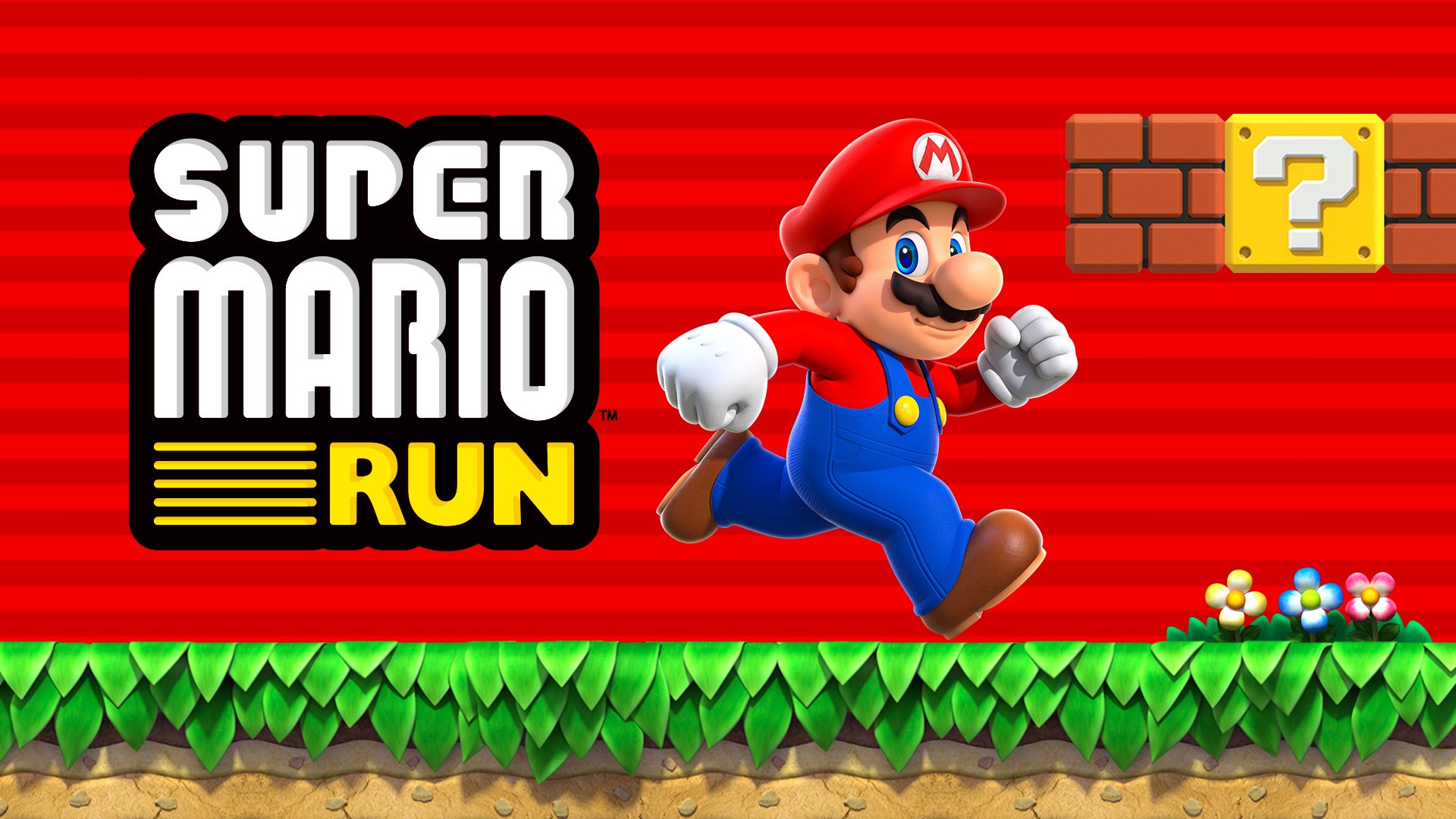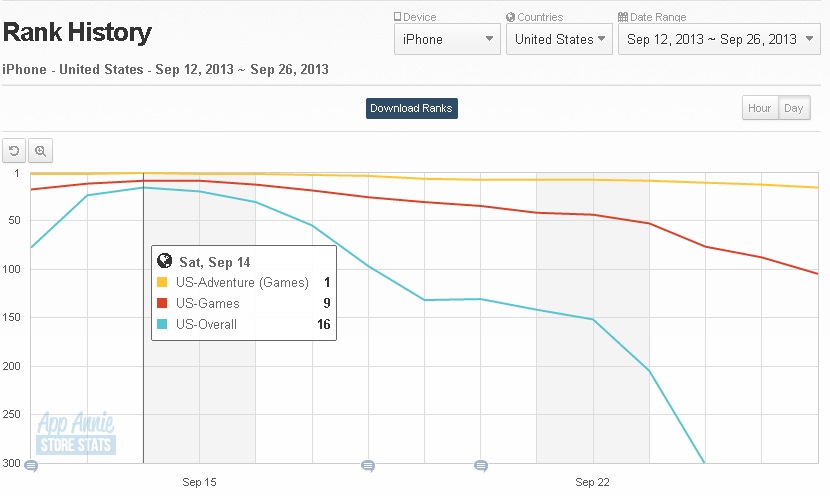Nintendo’s Super Mario Run has finally come out for iPhone. The game has been downloaded more than 10 million times and raked in over US$ 4 million on its first day. That said, in order to fully understand the impact of Super Mario Run on Nintendo’s long term performance, we need to look beyond the mobile game’s revenues.

Joost Rietveld
Associate Professor in Strategic Management
UCL School of Management
Posts Tagged ‘console video games’
Successfully Using Games as Marketing Tool
Posted byThe Case of Chipotle’s Scarecrow

This is the second article in a series of three commissioned by the General Director of PETS International, the trade journal for the $100 billion international pet industry. Here, I delve into the use of video games for advertising purposes, or ‘advergames.’ Advergames can be used with various levels of intensity to promote products, organizations, and viewpoints. Using the case of Chipotle’s Scarecrow, I outline the value, use, and some success metrics for games as a marketing tool.
Chipotle’s Scarecrow Campaign
In September 2013, restaurant chain Chipotle Mexican Grill set out to promote its new corporate initiative Food With Integrity. The FWI initiative was meant to draw attention to Chipotle’s emphasis on sourcing sustainably (i.e. local and organic) raised food. The low-cost restaurant chain known for its burrito’s and taco’s went against the grain for promoting its corporate ethos to the outside world. Instead of opting for a traditional marketing campaign, Chipotle contracted digital production agency Moonbot for the development of a mobile video game accompanied by an animated digital short film, both titled “The Scarecrow.”
Chipotle’s Scarecrow was released on September 12, 2013 for Apple’s iOS platform (iPhone & iPad). After five days, the adventure game had already accumulated 300,000 downloads and earned its rank in Apple’s U.S. Game charts. At the same time, the animated short film enjoyed over 5 million views on YouTube, fuelled by coverage from the New York Times and numerous other publications applauding the campaign. Venturebeat labeled the Scarecrow campaign as “one of the most successful marketing campaigns in history.” Since then, the video game has continued to do well, and the video has ranked up nearly 14 million views on YouTube. (meer…)
Fighting the Console Wars (Google Ngram)
Posted byThe first generation of video game consoles was launched in 1972 with the Magnavox Odyssey. Today, almost four decades later, we are in the eight generation (Wii U, PlayStation 4, Microsoft Xbox One). In every generation, the producers of video game platforms are said to engage in a console, or standards, war. By Wikipedia’s definition, standard wars describe competition between mutually incompatible proprietary formats (i.e. video game consoles) that compete for the same market (i.e. gamers). Standard wars are often characterized by political and financial influence on content producers (i.e. game publishers) by the manufacturers of the technologies (console producers). Generations of video game consoles are usually typified by a clear winner (e.g. Nintendo’s NES in the third generation, or Sony’s PlayStation 2 in the sixth generation), due to strong (cross-) network effects that accrue to the platform with the most users. After all, a surge of gamers on a platform will attract even more gamers as well as producers of video games.
The Google Ngram above nicely documents the relevant video game console producers in the period 1975-2008 and how their fortunes fluctuated between different generations of consoles. This period includes generations one through six and clearly illustrates the rise and fall of Atari as a major console producer in the 70’s and early 80’s. After the video game industry crashed in 1983, Nintendo was praised for singlhandedly reviving it with the launch of the Nintendo Entertainment System in 1985 (in the US). The graph also illustrates the intensity of the ‘war’ between Sega and Nintendo that followed in the 90’s, and the latter’s firm’s demise after the Dreamcast failed to gain traction. Lastly, the graph shows how “new kids on the block,” Sony and Microsoft, have steadily gained market presence since their entry in the industry with their PlayStation (’95) and Xbox (’01) brands, respectively. The graph below adds and collapses the individual graphs to paint a strong picture of the video game industry’s growth over the last thirty some years. Enjoy!
PS. Google Ngram let’s you do lots of cool things, and you can use their source data of millions of books, too! Click here for more info.
ESA Video Interview
Posted byThis week I spent some time in Washington DC to give two invited talks to members, employees and lobbyists of the trade association for the US video game industry, the Entertainment Software Association. To fans of video games, the ESA is most well known for organizing the yearly E3 conference in Los Angeles. Their Vice President of Government Affairs, Erik Huey, also did a nice video interview with me on my work as a teacher and researcher. In the video I talk about platform economics for the console video game markets as well as the transition into digital distribution, both topics that are close to my heart and research. You can watch the interview above. For more information on the ESA check their website and Twitter accounts (@ESAGovAffairs; @RichatESA).

